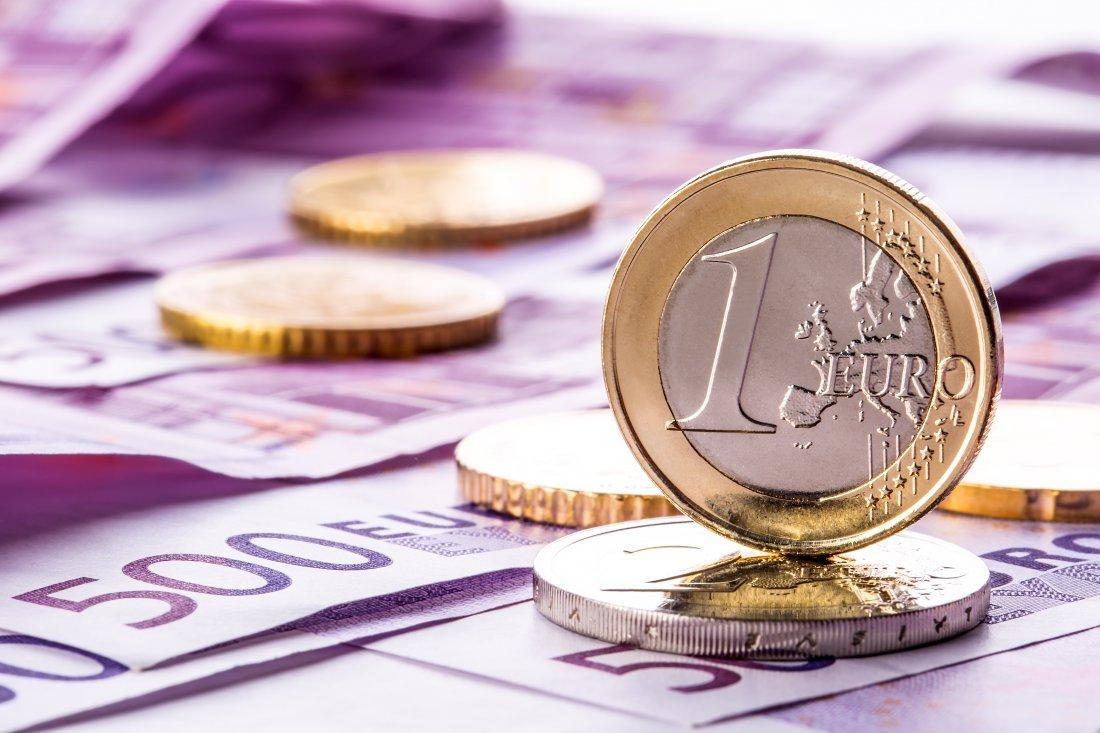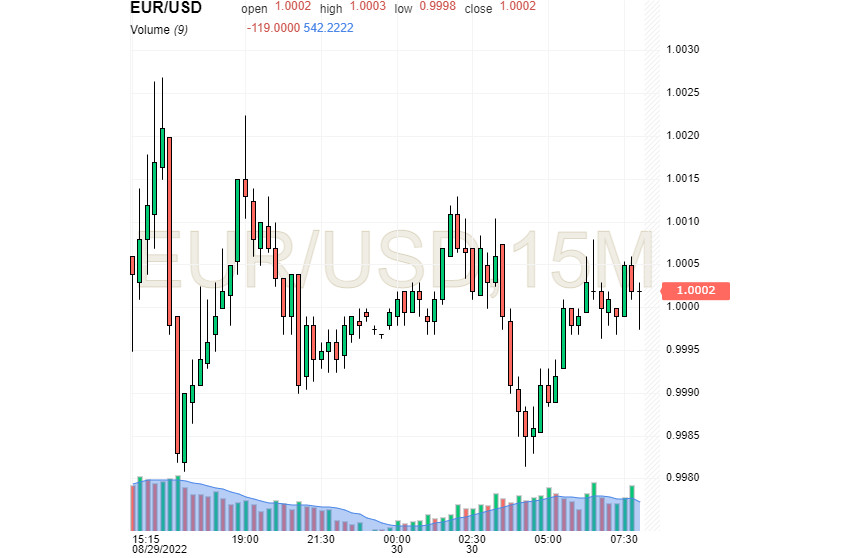
The actions of the European Central Bank, which may return to further rate hikes, extended a helping hand to the euro. Against this background, the single currency spread its wings, trying to get away from parity with the dollar. This attempt was successful, although the greenback's dominance in the market remains in place.
Previously, market participants believed that a significant and prolonged rise in gas prices in Europe would push the ECB to further tighten monetary policy. These expectations were justified, as the ECB could not stand aside. According to representatives of the department, the solution to this problem lies in the next increase in rates (by 75 bp) at the September meeting.
The hawkish mood of the ECB representatives turned out to be the focus of attention of analysts and market participants. According to currency strategists at Danske Bank, the central bank is determined and ready to raise the key rate by 75 bps at the next meeting. In the short-term forecast of Danske Bank, namely in October, the key rate is raised by 50 bps, and in December - by 25 bps. At the same time, analysts say there is uncertainty "in relation to the size of the last two increases." Danske Bank believes that "the final level of the ECB deposit rate will remain at around 1.5%." This thesis confirms the statements of the monetary authorities, who expect to achieve a neutral interest rate of 1.5% by the end of 2022 or by the first half of 2023. It should be noted that the cycle of tightening monetary policy should be completed at this level.
The decisiveness of the ECB provided significant support to the euro, which has been demonstrating endless subsidence for several weeks. The EUR received additional "recharge" from the mass market expectations regarding the ECB rate hike (by 75 bps). Earlier, representatives of the central bank made it clear that they were ready for such a step to curb galloping inflation.
Against this backdrop, the US currency plunged below a 20-year high, reacting to the euro's appreciation after the ECB's statements. At the same time, the value of the USD against major currencies fell slightly, as markets await the release of macro data on the level of consumer confidence in the US and the unemployment report, which is scheduled for Friday, September 2. Market participants are assessing the prospects for a further increase in the Fed's rate, playing back the statement of Federal Reserve Chairman Jerome Powell about the central bank's readiness to keep rates high to curb shocking inflation (at 8.5%). Comments like this provide a lot of support for the greenback.
The euro could be tripped up by the disappointing macro statistics on inflation in Germany, which is expected to be published on Tuesday, August 30th. According to preliminary calculations, annual inflation in Germany accelerated to 7.8% in August from the previous 7.5%. Confirmation of this forecast will overthrow the euro from its pedestal, which is already quite shaky. According to MUFG Bank economists, in the near future the EUR/USD pair will continue to decline amid higher gas prices in Europe. This contributes to a slowdown in eurozone GDP growth and prevents further tightening of monetary policy by the ECB, the bank emphasizes. The EUR/USD pair traded near the round 1.0000-1.0002 level on Tuesday morning, August 30, gaining noticeably after a recent drop. Amid a possible rate hike by the ECB, EUR will receive an upward momentum until September, so the pair's movement towards 0.9500 will slow down.

Markets are waiting for the release of reports on consumer confidence in the US economy. According to preliminary estimates of Conference Board analysts, this figure increased to 97.9 points in August from 95.7 points in July. Confirmation of current statistics will provide additional support to the dollar. Reports on the labor market in the US are expected on Friday, September 2. According to economists, in August unemployment in the country remained at the July level of 3.5%. According to the consensus forecast, the number of non-farm payrolls in the US grew by 285,000. At the same time, Wells Fargo analysts allow a more significant increase - by 325,000.
According to experts, the eurozone has now entered a recession amid rising energy prices. Under these conditions, the representatives of the ECB have one way out - to raise the rate, analysts believe. According to preliminary forecasts, this recession is "shallow", but will last until the end of 2022. At the same time, experts fear an aggravation of the energy crisis in Europe. According to preliminary forecasts of currency strategists UBS Group, in the third quarter of this year, the economy of 19 eurozone countries will contract by 0.1%, and in the fourth quarter - by 0.2%. Amid a significant increase in energy prices, experts worsened their forecast for economic growth in the eurozone for 2023 (from 1.2% to the current 0.8%).
This point of view is shared by analysts at Morgan Stanley, predicting the long-term negative consequences of the energy crisis in the EU. According to experts, the rise in energy prices and uncertainty in LNG supply chains will persist until the winter of 2023-2024. This situation will put more pressure on the euro, which is finding it increasingly difficult to compete with the dollar.





















